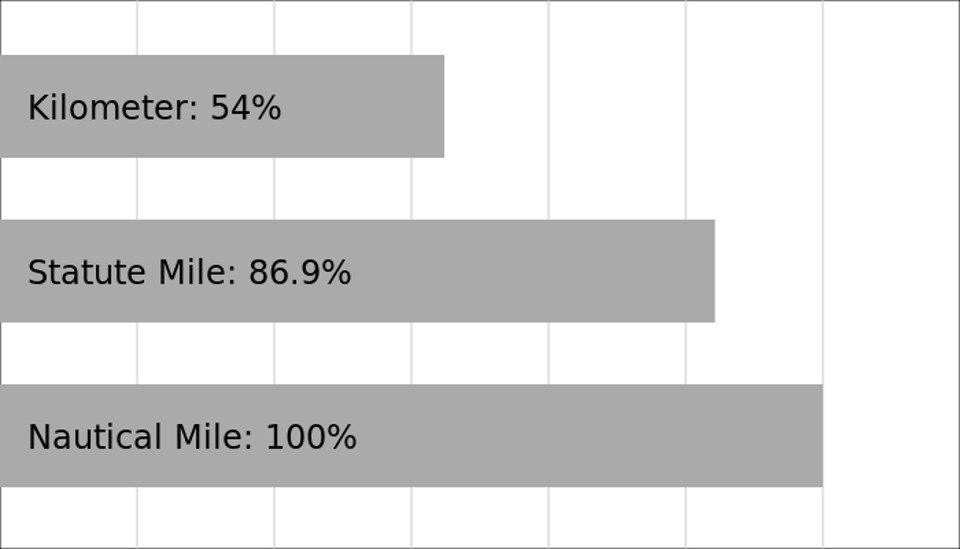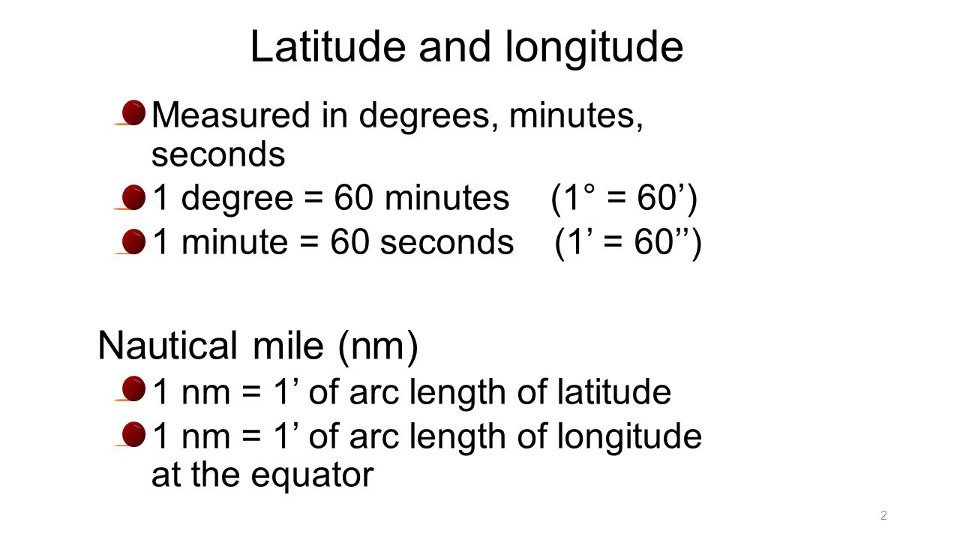MEASURE EVERYTHING THAT YOU CAN
The best thing about traveling is that it involves preparation, particularly if you want to visit the Galapagos islands. Planning can sometimes entail packing, scheduling, flying, making decisions, and much more; it is what makes travel so wonderful. When traveling, a little bit of the unknown is also lovely because it fosters an atmosphere of adventure and discovery. Regarding distance calculations, the significance of trip planning is the same. Some will calculate the distance in kilometers, some in miles, and others in weeks. Whatever your method of measuring a journey, one thing is sure: the core of travel is figuring out how far something is from one place to another and in between. But the finest part is about to happen. What happens if I go by land and sea? Does it matter in the slightest? This was discovered by early explorers, who created two distinct systems to measure distance: one for use on land and another for use in open waters. Why use two measurement units, though? You’ll adore the fascinating science that underlies this!
TALK TO A DESTINATION EXPERT

Diego Zapata

Rosa Mena

Sandy Lara

Diego Zapata

Rosa Mena

Sandy Lara
LAND VS. OCEAN: DIFFERENCES DUE TO CURVES!
There is a significant difference between measuring distances on land and in the ocean, even though we don’t seem to perceive it. Since there are no barriers at the open sea, the earth’s curvature must be introduced as a measuring variable. Physical obstacles abound on land, including hills, valleys, mountains, dips, and fissures. As a result, each requires a distinct measurement unit. For this reason, when we read phrases like “terrestrial miles” and “nautical miles,” we mean miles. These provide varying outcomes to account for the curvature of our planet, which is easily noticeable in open waters and, naturally, outdoors.
NUMBER SAFETY…ADVANCE YOUR MILES
The earth’s circumference serves as the basis for one nautical mile. You could pick up one side of the planet and see the equator as a circle if you cut the earth in two at the equator. After that, you split the process into 360 degrees and one degree, or sixty minutes. On Earth, one nautical mile is equal to one minute of arc. Every nation uses this unit of measurement for air and maritime transport.
The unit of measurement for speed is a knot. You would be moving at a rate of one knot if you were going one nautical mile per hour.
Another way to define a kilometer is to use Earth as the reference point for distance. The traditional unit for the kilometer, as described in 1791 by the French Academy of Sciences, would be obtained by taking the Earth and dividing it in half along a line that passes through Paris, measuring the distance of the curve that runs from the North Pole to the equator on that circle, and then dividing that distance by 10,000. These technical measurements were conducted on Ecuadorian territory, and they hold great historical significance, being the first permission to enter the South American region for a non-Spanish scientific mission.
One thousand eight hundred fifty-two meters, or 1.852 kilometers, make up a nautical mile. A nautical mile is equivalent to 6.076 feet or 1.1508 miles in the English measurement system.
You would need to travel (360 * 60) 21,600 nautical miles, 24,857 miles, or 40,003 kilometers to complete a full circle of the Earth at the equator.

LET’S RETURN ON TIME
A thousand paces, or mille passus in Latin, is where the term mile originates. Before the invention of navigational equipment and cartographers’ use of a coordinate system with latitude and longitude parallels, marine navigation was done entirely by sight. This practice lasted until about 1500. The circumference of the Earth was measured in 1617 by the Dutch scientist Snell, who calculated it to be 24,630 Roman miles (24,024 statute miles). Around that time, British mathematician Edmund Gunter created a new quadrant for determining latitude at sea, among other improvements to navigational aids. He proposed the nautical mile, which measures one minute or one-sixtieth (1/60) of a degree of latitude, because the lines of latitude may serve as the foundation for a unit of measurement for distance. One minute of arc equals 1/21600 of a circle, or, in radians, π/10800, since one degree is equivalent to 1/360 of a process. These sixty-twentieth (base-60) units have their roots in astronomy from Babylon. Gunter defined a nautical mile as 6,080 feet, or the length of one minute of arc at 48 degrees latitude, using Snell’s radius. A minute of play is not constant; instead, it is approximately 1,861 meters at the poles and 1,843 meters at the Equator, with a mean value of 1,852.3 meters (6,077 feet) due to the earth’s non-perfect spheroid nature. The nautical mile is 6076 feet (or roughly 1,852 meters) long, according to those nations that measure the minute of arc at 45 degrees latitude.

SEASONAL VS. NAUTICAL MILES
The First International Extraordinary Hydrographic Conference in Monaco 1929 established 1,852 meters as the international nautical mile.
The Clarke (1866) Spheroid served as the basis for defining the nautical mile in both imperial and US customary units. Based on the Mendenhall Order foot of 1893, the United States nautical mile was defined as 6,080.20 feet (1,853.24 m). In 1954, it gave way to the international nautical mile.
One imperial nautical mile is equal to approximately 1,853.181 meters. The imperial nautical mile is often called an admiralty mile or, more accurately, an admiralty-measured mile. It is defined by its relationship to the admiralty knot, which is 6,080 imperial feet per hour. Since its abandonment in 1970, references to the outmoded unit have legally been changed to 1,853 meters.

Javier Garcia

Eduardo Silva

Carolina Escobar
START PLANNING YOUR TRIP

Javier Garcia

Eduardo Silva

Carolina Escobar
Get in touch for more
CONTACT US
Come on board Yacht La Pinta, and you will immediately understand the distinction between nautical miles and miles if you still need to decide. Imagine that your concerns are far behind you, the vast ocean before you, and incredible wildlife roaming freely around you. All ideas, no matter how basic or sophisticated, will appear to have a whole new meaning, and the miles you spend at sea exploring the Galapagos Islands will be chock-full of incredible memories.


